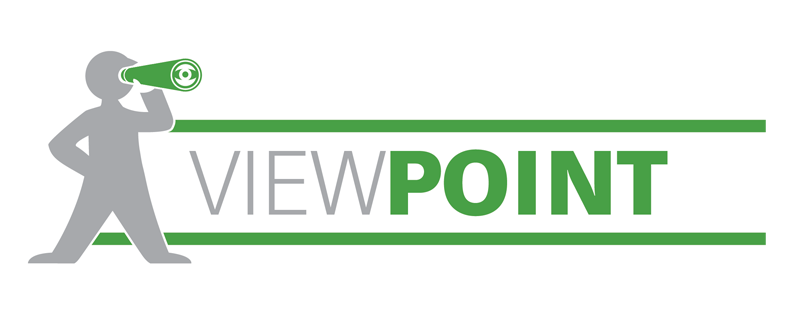Benefit Corps: Where Purpose & Profit Meets
February 9, 2019 | Featured Articles
Three Ps
Business consultant John Elkington coined the term “triple bottom line” in 1994, arguing the only way a corporation truly knows the full cost of business is to have more than profit as a bottom line. Elkington proposed two others: people and the planet. Not only can companies be socially and environmentally responsible, he figured, but focusing on the triple bottom line (TBL) will also make them better businesses, period.
Balancing Purpose and Profits
Built on the foundation of the triple bottom line, benefit corporations are a type of business entity differing from traditional corporations and not-for-profit organizations. Benefit corporations appear to be a hybrid of the two, but there’s more to it than that.
Becoming a benefit corporation allows businesses to “prioritize an overall social objective, such as a decision’s potential impact on society or the environment, over purely a financial benefit for the shareholders,” according to Daniel Frier of Frier & Levitt Attorneys. Transparency and accountability are understandably essential when becoming a benefit corporation; and that type of rigorous scrutiny has built-in benefits. “Incorporating as a benefit corporation may legally protect an organization’s goals by creating accountability towards the organization’s social and environmental commitments,” Frier said.
Good Work Is Good Business
For some healthcare organizations, becoming a benefit corporation makes good business sense. For software company PCC, it’s a natural extension of what they do and why they do it. Being a benefit corporation focused solely on pediatrics means combining company values and mission with a profitable business model.
“There are literally millions of kids who do not have reasonable access to Pediatric Care and we would like to put an end to that,” says Chip Hart, PCC’s Director of Pediatric Solutions consulting group. “Our mission is removing the obstacles that keep pediatricians from taking care of their patients.” In order to do that, PCC’s reach must include commercially insured and underserved markets. Where some vendors might see the lower profit margin of working in underserved markets as a waste of time and resources, PCC sees it differently.
The company has recently launched WeCARE, a program supporting independent pediatricians who care for children in underserved markets. Often, these independent practitioners struggle to support these children due to insurance payments, a shortage of dedicated pediatric tools, and limited practice management consulting. PCC invites practices in underserved markets to apply for grants through its WeCARE Program. In addition to getting a substantial discount on software solutions, recipients will get the support, education and leadership coaching they need to be successful and profitable. By aligning social and community goals with its bottom line, PCC has struck a balance between doing good work and doing good business.
Accountability, Transparency and Purpose
Traditional corporations use profit as the primary factor when making decisions. But today, an increasing number of companies see this as narrow-minded. Benefit corporations take a more long-term and purpose-driven approach while also considering stakeholders in decision-making. Benefit corporations are required to meet three legal attributes:
Purpose: To create and sustain a positive impact on society and the environment.
Accountability: A commitment to consider the impacts of decision-making on employees, the community, environment, and stakeholders.
Transparency: Open reporting and public annual or biannual assessments of performance and progress in achieving its purpose.
“We believe in helping empower companies to become benefit corporations because we know that a rising tide lifts all boats.
Call us crazy, call us dreamers but we have the audacity to believe we will answer JFK’s words, “if not us, who? If not now, when?”
– Manifesto from: benefitcorporationsforgood.com



